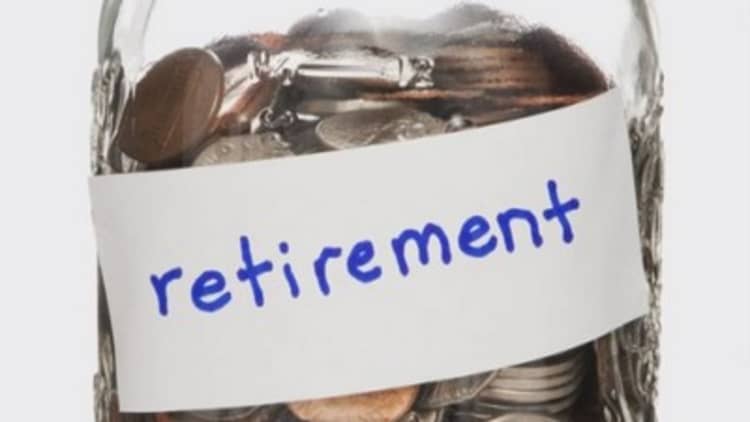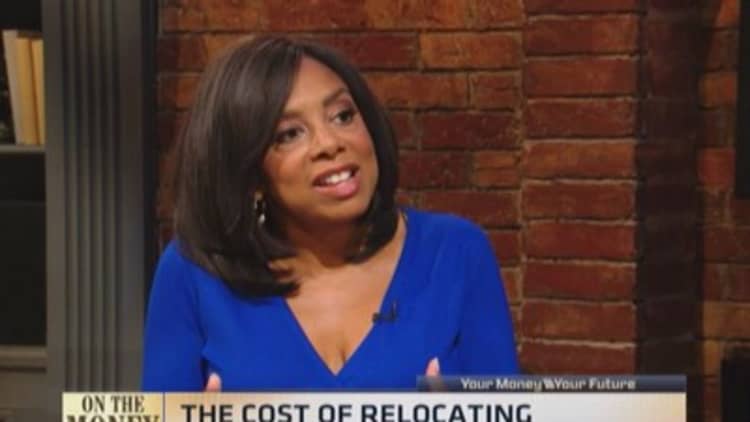
Home and home-related costs are the biggest expense for people 50 and older, accounting for 40% to 45% of their household budgets, says a report out today from the non-profit Employee Benefit Research Institute.
In 2011, people ages 65 to 74 spent an average of $18,720 on home and home-related expenses; those 75 to 84 spent $14,732, says the analysis of about 5,000 households with folks 50 and over. Many are retired or on the cusp of retirement. The survey has tracked people every two years from 2001 to 2011.
Read MoreA third of Americans have nothing saved for retirement
Home-related expenses include mortgages, property taxes, homeowner's or renter's insurance, rent, utilities, home repairs, home furnishings, housecleaning supplies, housekeeping and laundry services, gardening and yard supplies, and gardening and yard services.

This remains the largest spending category for people 50 and above, and it has been that way since the survey started in 2001," says Sudipto Banerjee, a research associate for the institute, and author of the new report. "Even if people have paid off their mortgages, the other expenses are still significant."
The dollar amount people spend on these expenses decreases with age, but the share of the household budget remains about the same because their overall spending tends to go down too, he says.
More from USA Today:
Top retirement financial concern: Health care costs
How to save a million bucks for retirement
How to boost your savings
On the other hand, health expenses increase steadily with age. Households with at least one member between the ages 50 to 64 spent 8% of their total household budget on out-of-pocket medical expenses, an average of $4,176 in 2011. Those 85 and older spent 19% of their budget, an average of $6,603 that year, Banerjee says.
Health expenses include all out-of-pocket costs including health insurance costs, prescription and non-prescription drugs, hospital care, doctor services, lab tests, eye, dental, and nursing home care and out-of-pocket costs for medical supplies.
Both transportation and entertainment expenses go down with age as people commute and eat out less, but food and clothing remain almost the same as a percentage of people's household budgets, Banerjee says.
Read More6 steps tofoolproofing a retirement portfolio
Another report from the institute found that about 36% of workers have less than $1,000 in savings and investments that could be used for retirement, not counting their primary residence or defined benefits plans such as traditional pensions, and 60% of workers have less than $25,000.
—By Nanci Hellmich, USA Today

